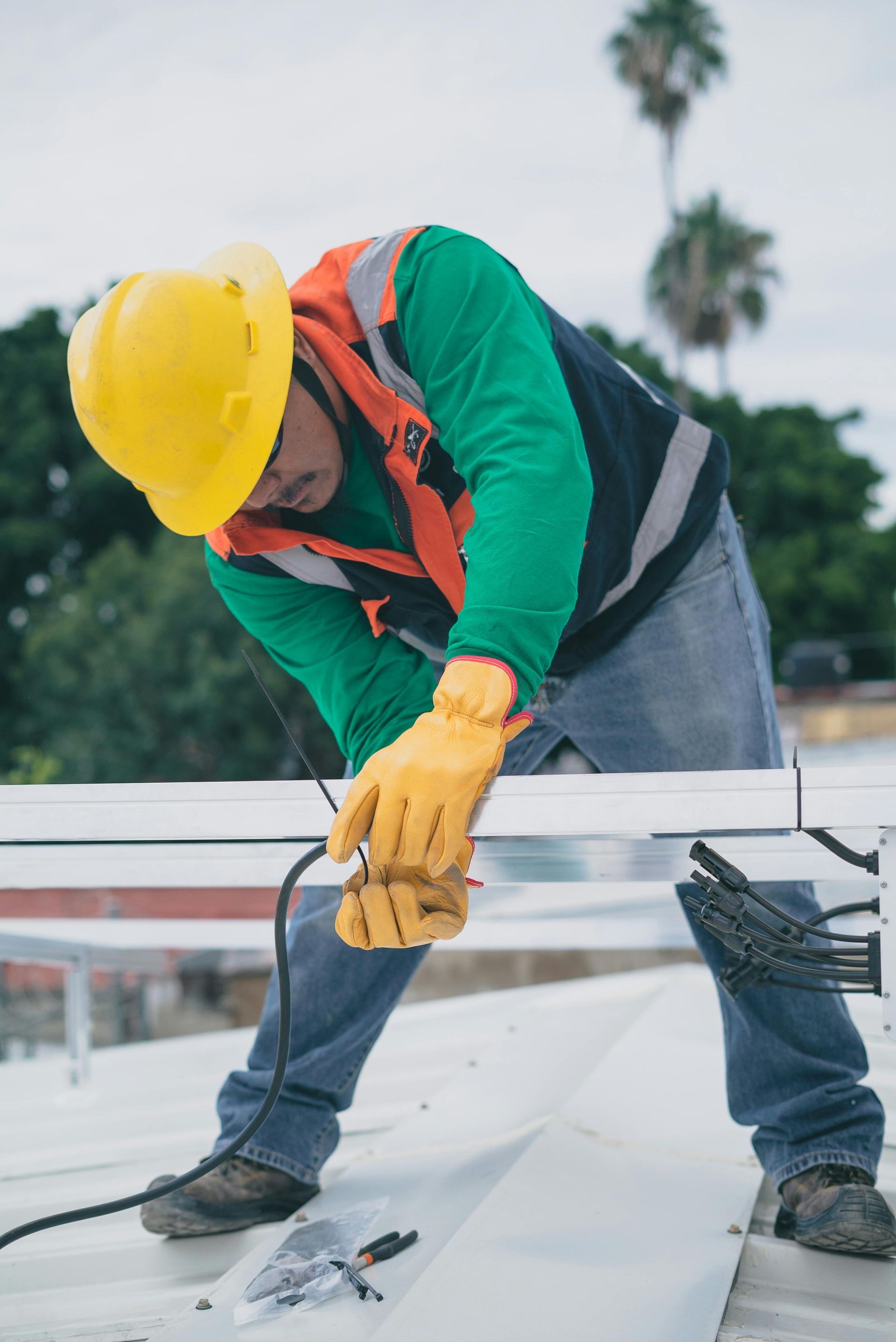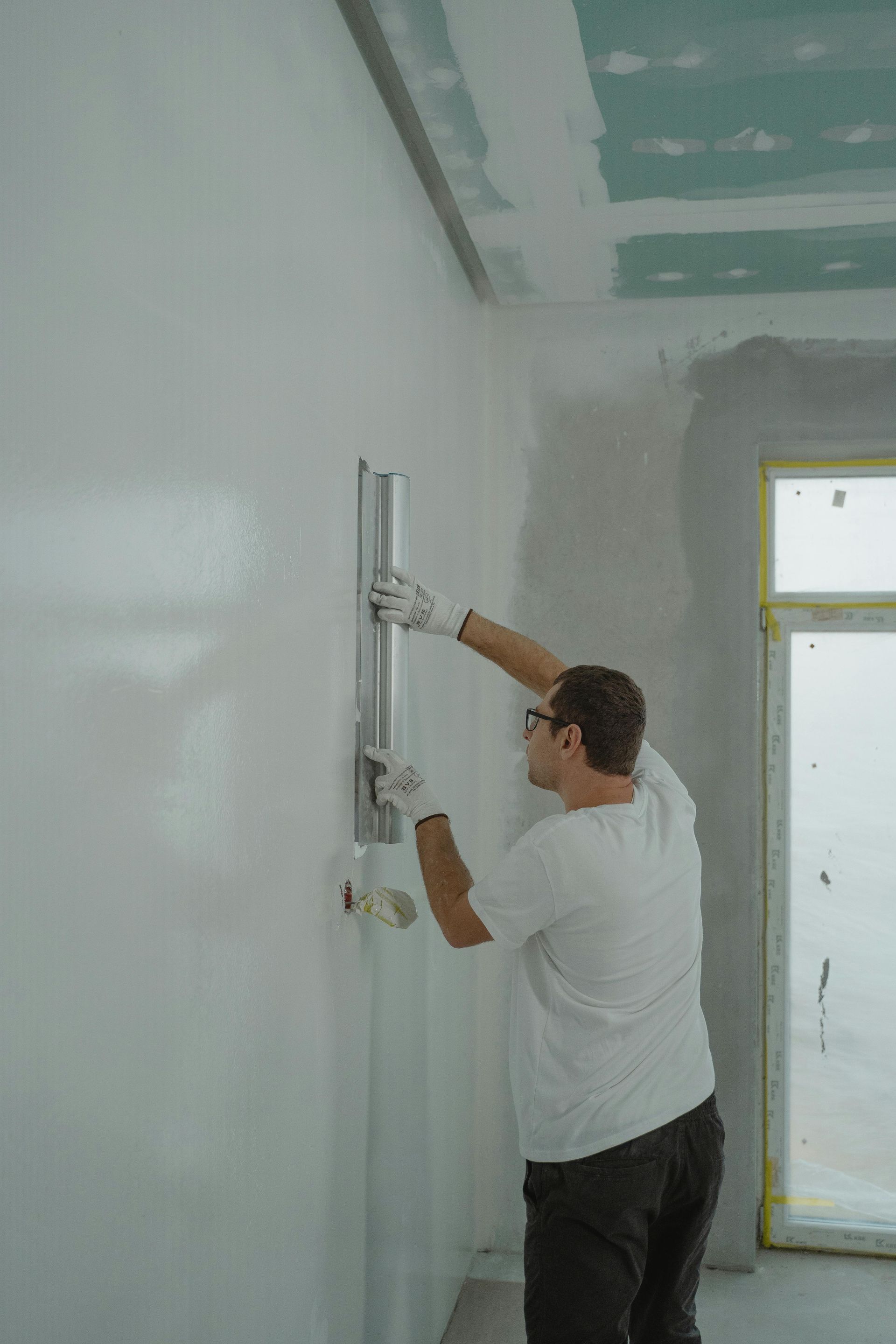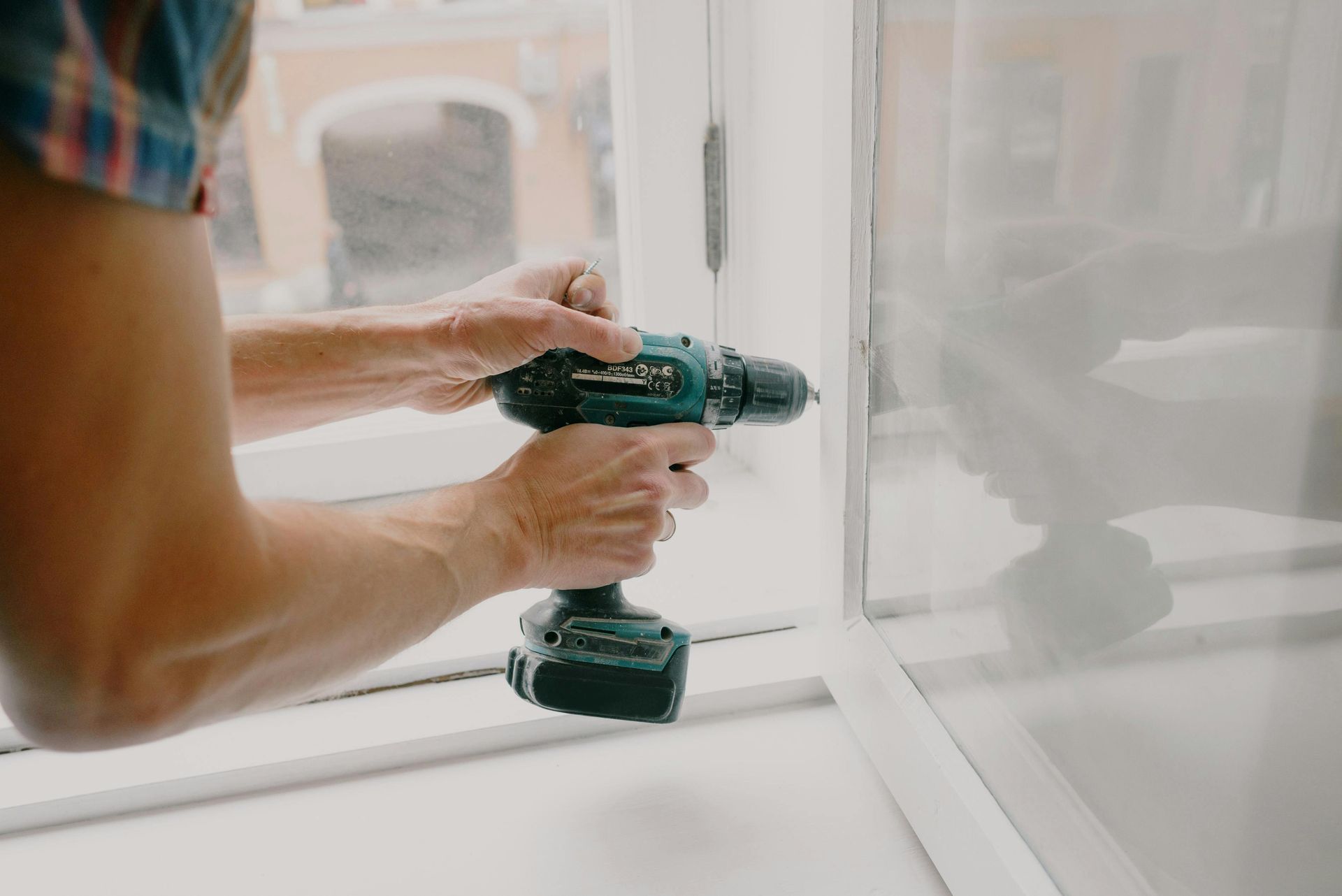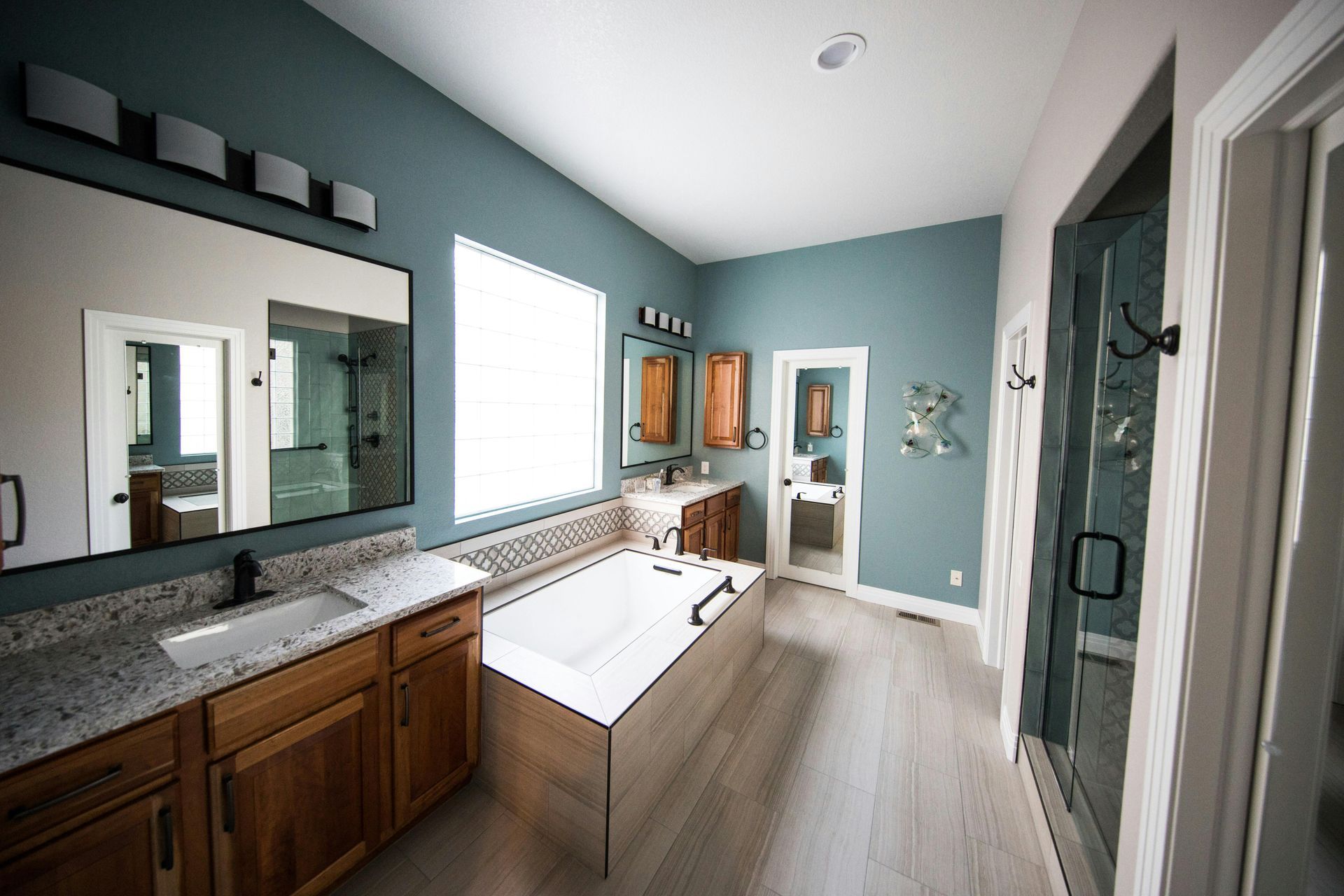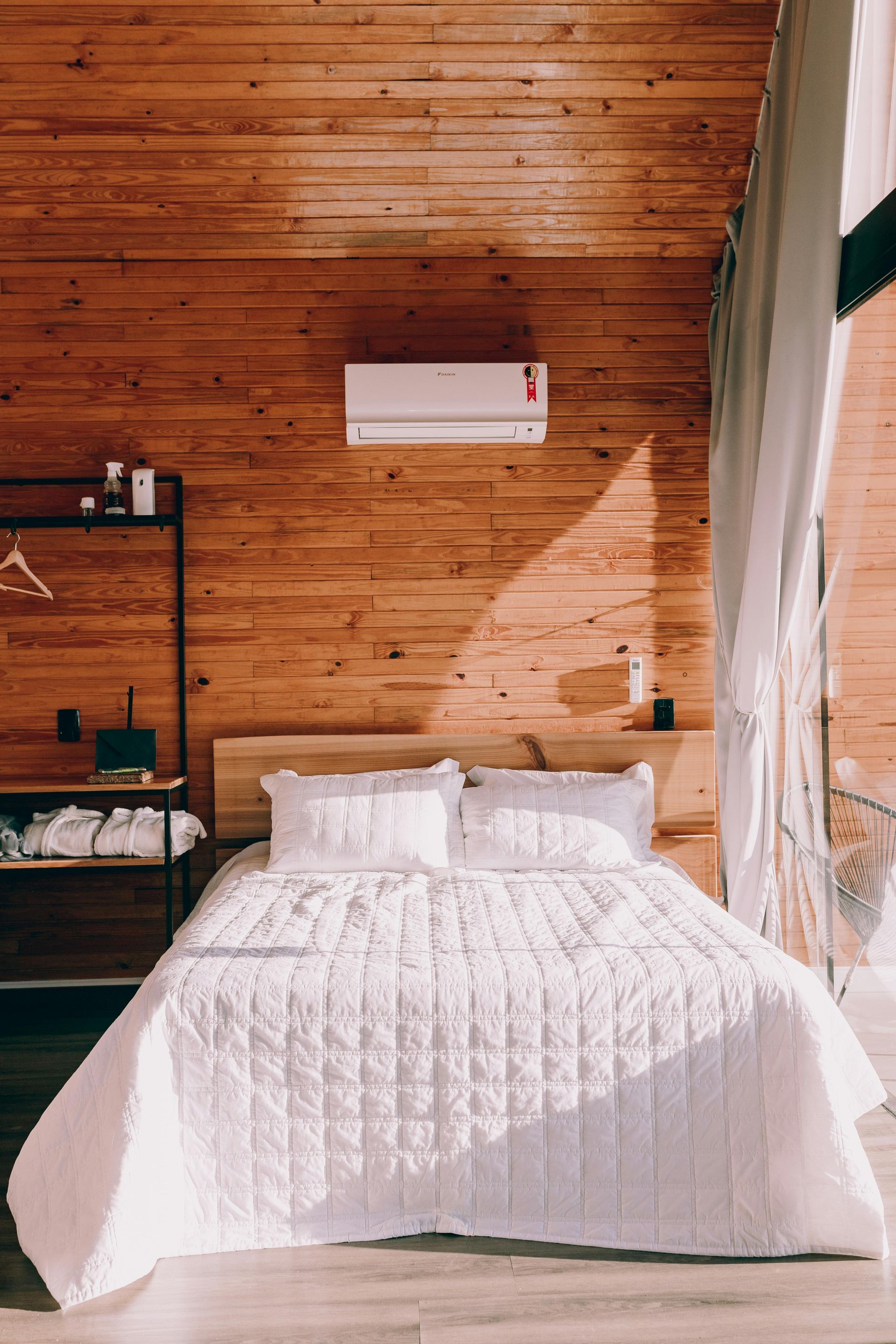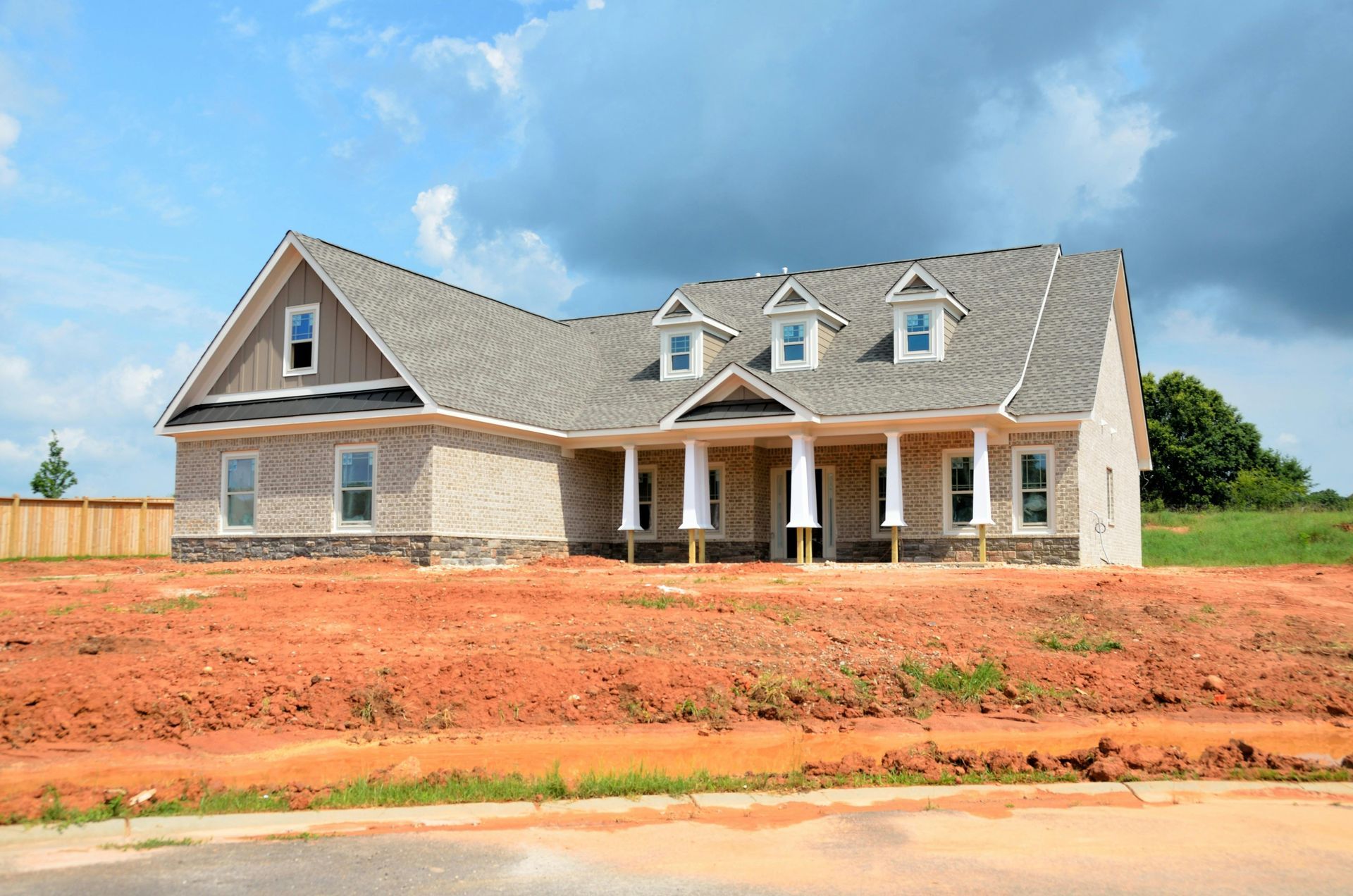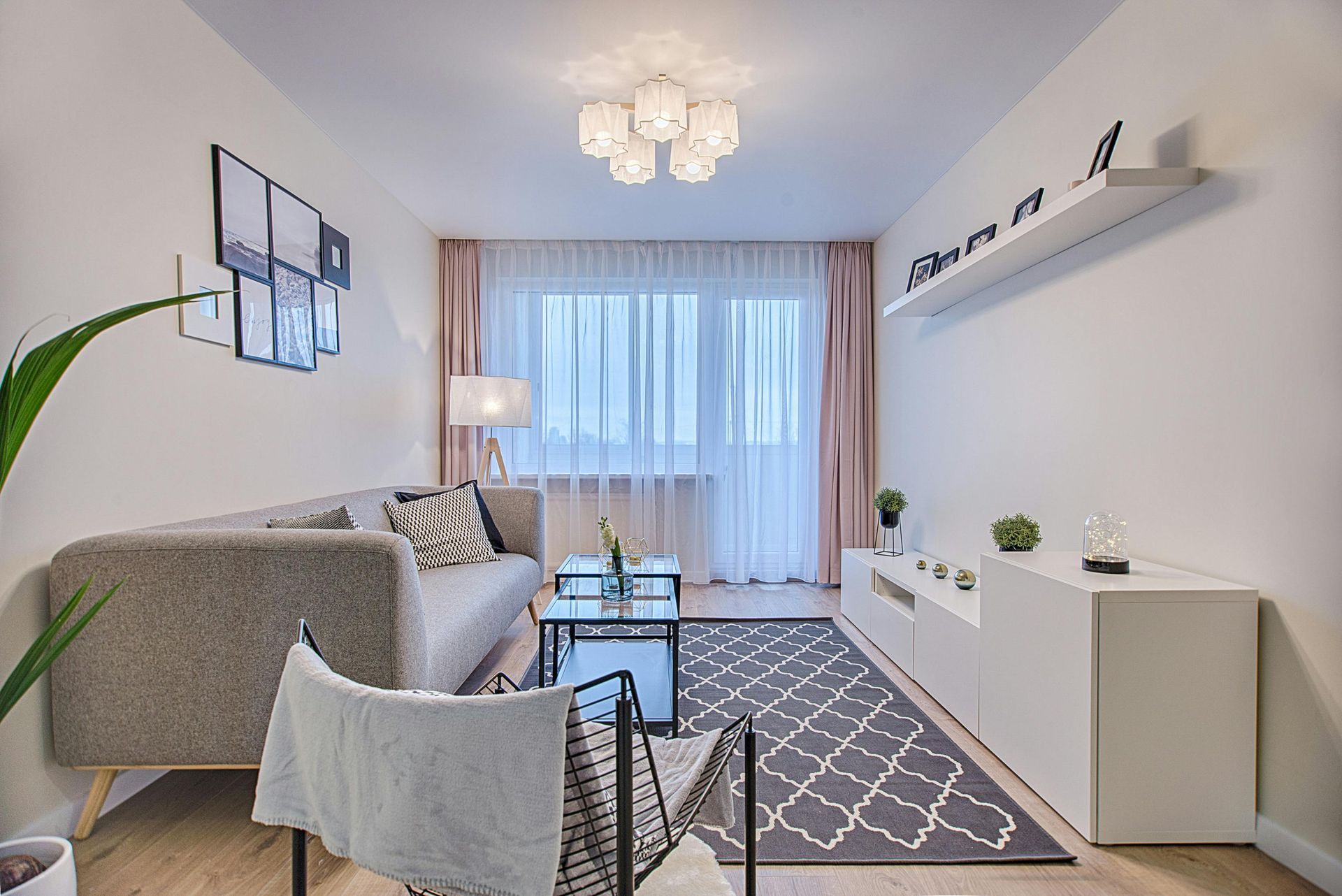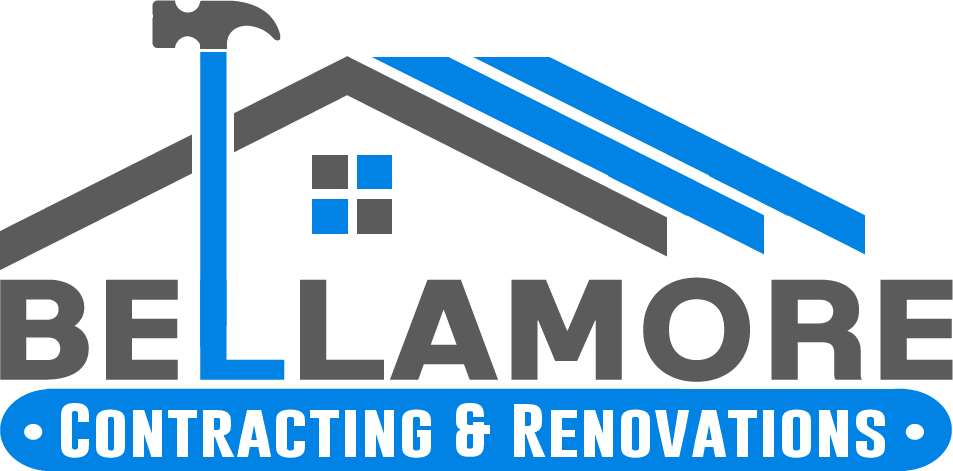Licensed (#RBC-21-01654) & Insured
Local References Available Upon Request
Licensed (#RBC-21-01654) & Insured | Local References Available Upon Request
Innovative School Design for Learning, Safety, and Student Engagement
The design of a school plays a crucial role in shaping student engagement, learning outcomes, and overall well-being. A well-planned educational environment fosters creativity, supports different learning styles, and enhances both student and teacher experiences. Modern schools must balance innovation, durability, and flexibility while maintaining a safe and inclusive atmosphere for all learners. Whether designing a new school or renovating an existing one, thoughtful design choices influence everything from classroom interaction to campus-wide community building.
Understanding the Core Needs of a School Space
School spaces must be designed to accommodate different age groups, teaching methodologies, and learning environments. The needs of an elementary school differ from those of a high school or a university. While younger students benefit from bright, engaging spaces that encourage movement and creativity, older students require environments that support deeper focus, collaboration, and research. Regardless of the education level, every school should balance functionality, comfort, and aesthetic appeal.
The layout of a school should support inclusivity and accessibility. Every student, regardless of learning style or physical ability, should be able to navigate the space comfortably. Wide hallways, accessible classrooms, and ergonomic furniture contribute to an inclusive learning environment. Schools that offer a variety of learning spaces—from quiet reading nooks to collaborative group areas—ensure that every student has a setting that best supports their success.
Key Elements of a Well-Designed School
Classroom design is one of the most important aspects of school architecture. A flexible classroom layout encourages collaboration, creativity, and engagement. Movable furniture allows teachers to easily transition from lecture-based learning to group work or hands-on activities. Ergonomic seating, proper lighting, and soundproofing elements help maintain a focused learning environment. The use of writable walls, interactive screens, and display boards fosters student interaction and engagement with the subject matter.
Laboratories and STEM facilities require specialized designs to ensure both safety and functionality. Science labs must include proper ventilation, chemical-resistant surfaces, and well-organized storage for equipment and materials. Tech-focused STEM spaces benefit from modular furniture and adaptable layouts that support coding, robotics, and engineering activities. Thoughtful placement of electrical outlets and network connections ensures that technology remains seamlessly integrated into the learning experience.
Libraries and study spaces remain essential for independent learning and research. A modern school library goes beyond bookshelves, incorporating technology stations, quiet reading areas, and group discussion rooms. Comfortable seating, ample natural light, and well-organized bookshelves create an inviting space that encourages students to explore knowledge. Digital integration, such as online catalogs and interactive learning tools, enhances accessibility and efficiency in research.
Administrative offices and staff areas play a vital role in the functionality of a school. These spaces should be designed for efficiency, offering teachers and administrators a comfortable and organized environment for planning, meetings, and student support. Conference rooms, teacher lounges, and private offices for counseling services should be strategically placed to maximize accessibility while maintaining necessary privacy.
Common areas and gathering spaces are the heart of a school community. Cafeterias, auditoriums, and multipurpose rooms should be designed to foster social interaction and accommodate a variety of events. Durable, easy-to-clean surfaces ensure longevity in high-traffic areas, while thoughtful seating arrangements and acoustics contribute to a welcoming and functional space.
Enhancing Learning Through Thoughtful Design
Flexible classroom layouts encourage active participation. With adjustable desks, modular seating, and mobile whiteboards, classrooms can adapt to various teaching styles and lesson plans. A well-designed classroom supports both traditional lectures and hands-on, project-based learning, ensuring that students remain engaged regardless of the subject matter.
Technology integration has become a cornerstone of modern education. Smartboards, interactive displays, and virtual learning tools provide students with engaging ways to absorb information. Schools that embrace digital advancements ensure that students develop tech literacy skills necessary for future careers. Equipping classrooms with sufficient charging stations, fast Wi-Fi, and tech-friendly furniture makes digital learning seamless and accessible.
Lighting and acoustics significantly impact a student's ability to concentrate. Natural light enhances mood and energy levels, reducing eye strain and increasing overall attentiveness. Where natural light is limited, high-quality LED lighting with adjustable brightness ensures that classrooms remain well-lit without causing fatigue. Proper acoustic treatment, such as sound-absorbing ceiling tiles and carpeting, minimizes distractions from outside noise and enhances the clarity of classroom discussions.
Ventilation and air quality are often overlooked yet crucial elements in school design. Fresh air circulation reduces the spread of germs and improves cognitive function. Schools with well-maintained HVAC systems, air purification units, and operable windows create a healthier learning environment, reducing absenteeism and enhancing overall well-being.
Safety and Security in School Design
Controlled access points ensure that schools remain welcoming yet secure. Thoughtful placement of entryways, security checkpoints, and visitor management systems helps create a safe environment without making students feel restricted. Keycard entry systems, remote-locking doors, and security cameras provide an added layer of protection while maintaining a non-intrusive presence.
Emergency preparedness is a fundamental aspect of school safety. Fire exits, lockdown procedures, and designated safe zones should be incorporated into the building design. Clear evacuation routes, reinforced doors, and accessible first aid stations ensure that schools are equipped to handle emergencies efficiently and effectively.
Surveillance and monitoring should be strategically implemented to protect students and staff without disrupting the learning environment. Security cameras placed at entry points, hallways, and outdoor spaces help deter unwanted activity while maintaining student privacy within classrooms and personal areas.
Safe and ergonomic furniture plays a crucial role in student health and focus. Adjustable desks, age-appropriate seating, and anti-tip furniture enhance comfort and posture while reducing distractions caused by discomfort. Schools that prioritize ergonomics see improved student engagement and fewer long-term health issues related to poor seating posture.
Branding and Aesthetic Considerations
Incorporating school identity throughout the design reinforces school pride and culture. Murals, school colors, and logos placed in common areas create a sense of belonging among students and staff. Well-designed wayfinding signage ensures easy navigation, helping new students and visitors feel comfortable in their surroundings.
Inspirational décor and learning walls make a school feel dynamic and engaging. Displaying student artwork, historical figures, and motivational quotes throughout the building fosters an enriching educational atmosphere. Interactive learning walls, such as chalkboard-painted hallways or digital storytelling screens, allow students to contribute to their environment creatively.
Sustainable and durable materials contribute to the longevity of school buildings. Recycled flooring, low-VOC paints, and impact-resistant surfaces ensure that classrooms and common areas remain in good condition for years. Schools that invest in high-quality, low-maintenance materials experience fewer repair costs and enhanced overall durability.
Green spaces and outdoor learning areas provide additional opportunities for student interaction with nature. Courtyards, rooftop gardens, and outdoor classrooms encourage fresh-air learning and socialization. Access to natural elements within the school environment has been shown to reduce stress, improve concentration, and enhance creativity.
The Value of a Well-Designed School Environment
A thoughtfully designed school enhances learning, promotes safety, and fosters a strong sense of community. From flexible classrooms to innovative technology integration, every design choice contributes to the success and well-being of students and educators. Schools that invest in well-planned, future-ready spaces ensure that their students have access to an environment that supports their academic and personal growth.
As educational needs evolve, so must school designs. Updating learning environments to align with modern teaching methodologies, student well-being priorities, and sustainability efforts ensures that schools remain dynamic spaces for years to come. By incorporating strategic layouts, safety features, and adaptable learning areas, schools can continue to serve as hubs of knowledge and inspiration for future generations.


